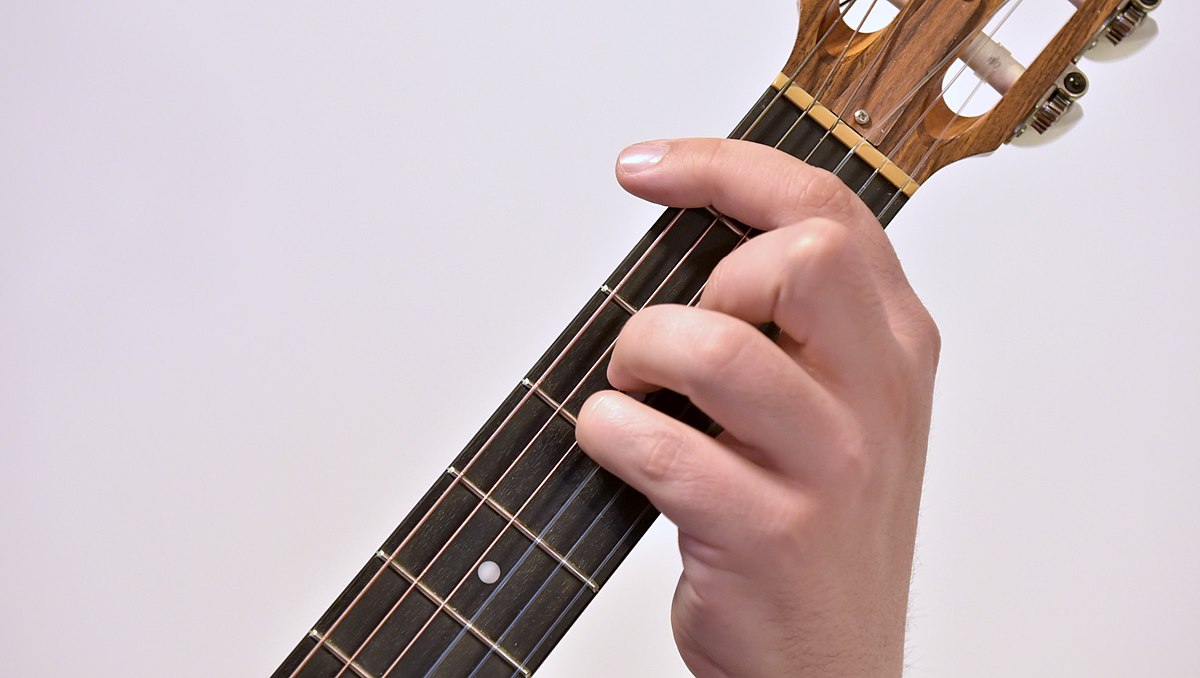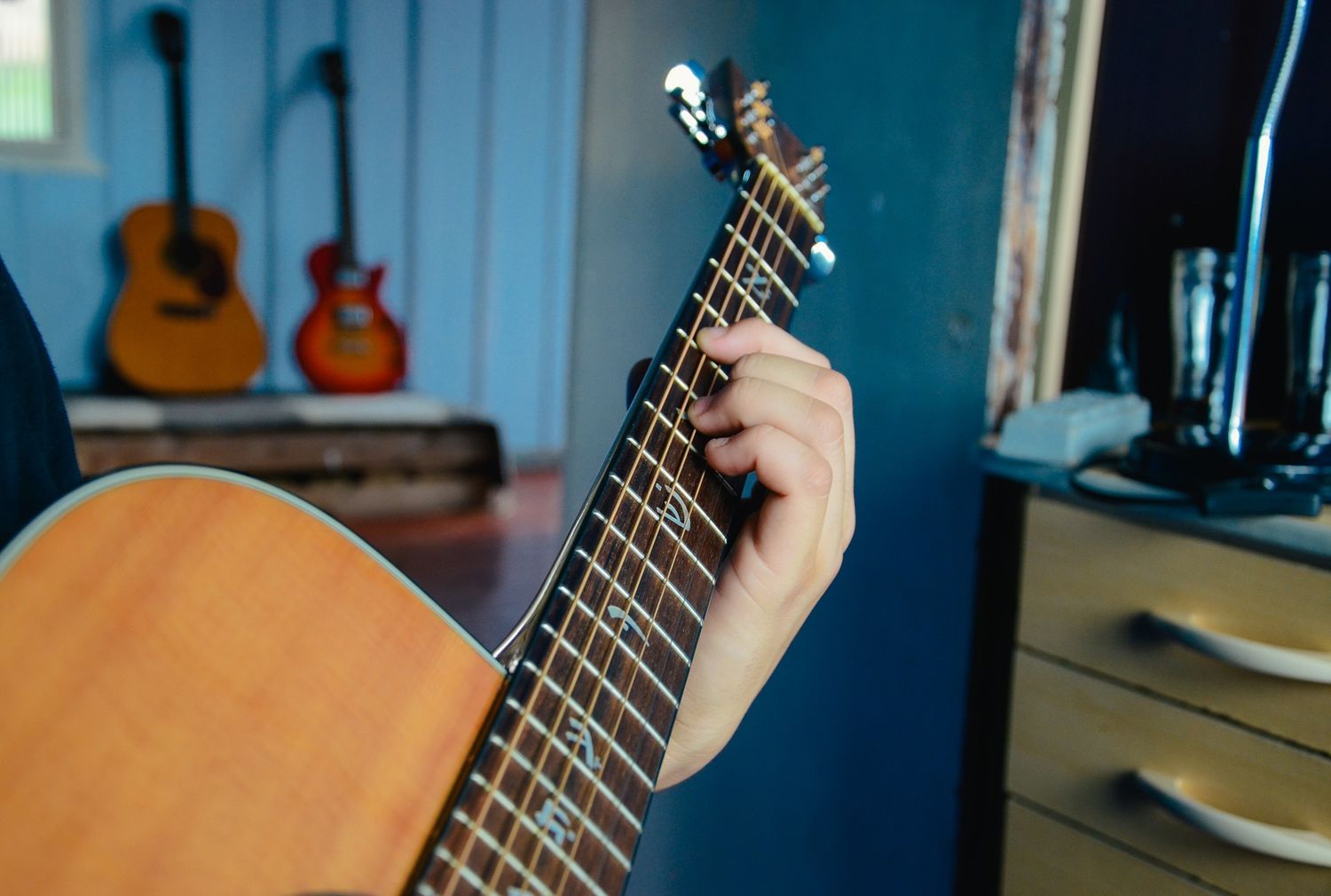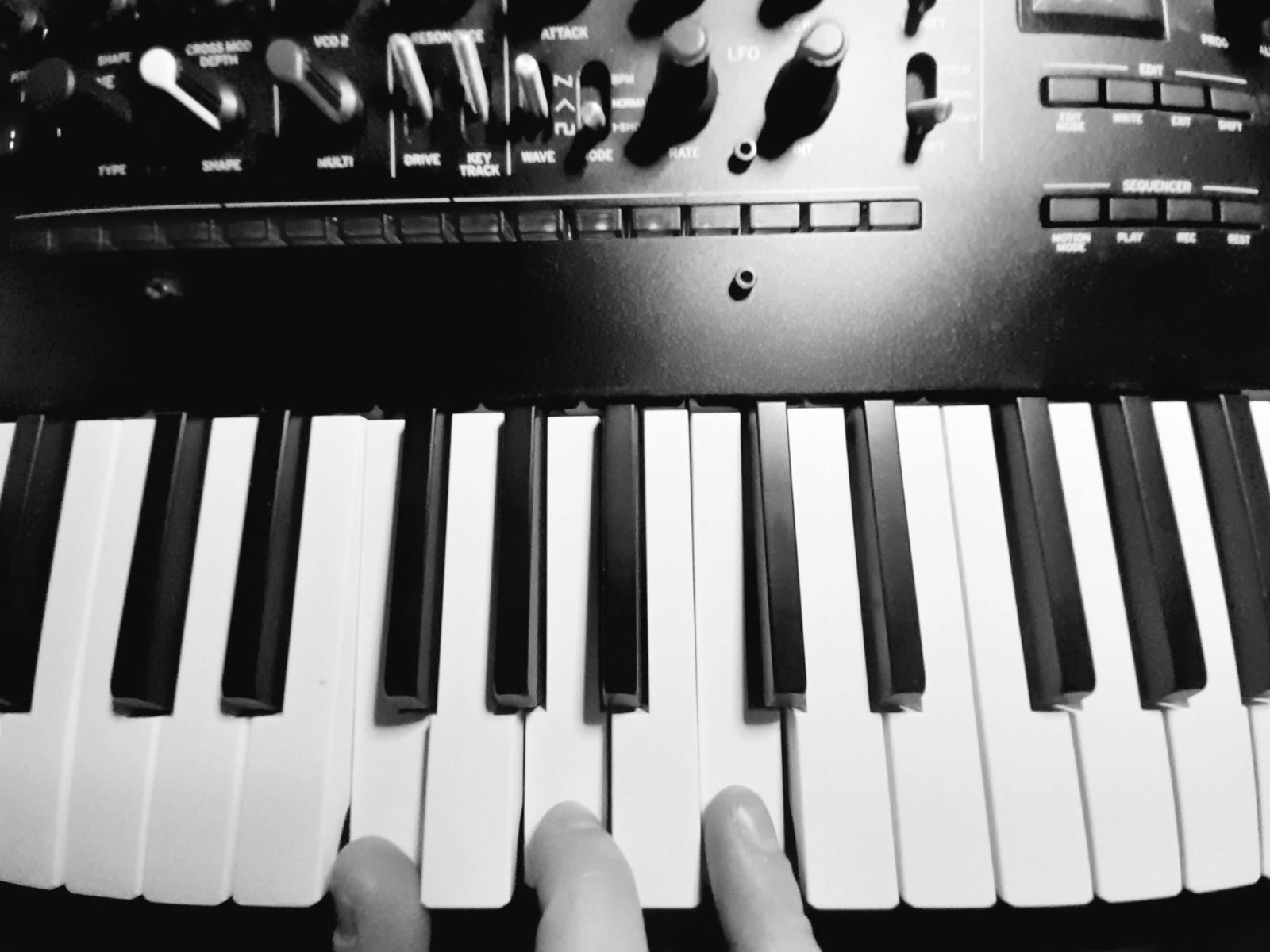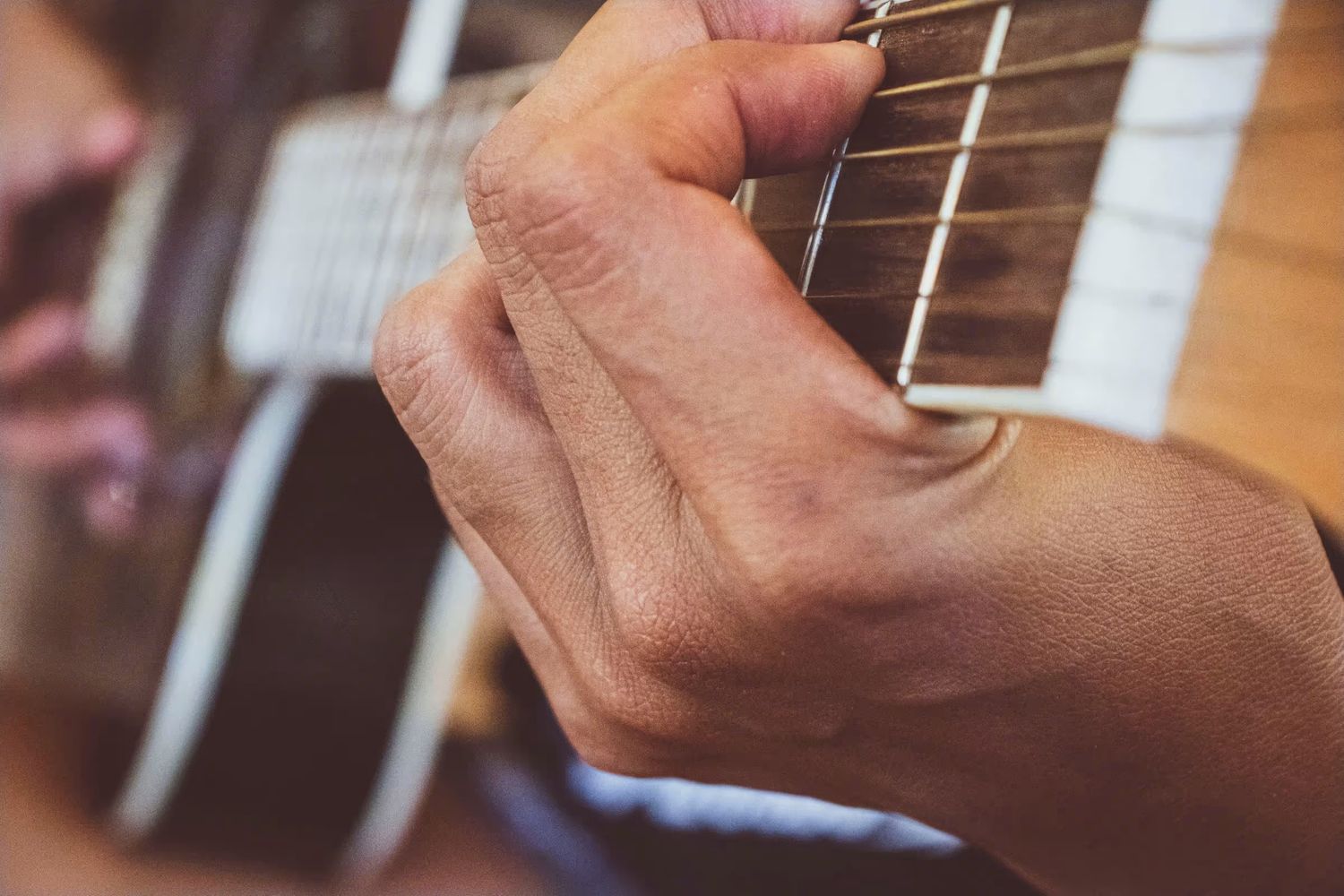Home>Instruments>Bass>How To Play Bass Guitar Chords
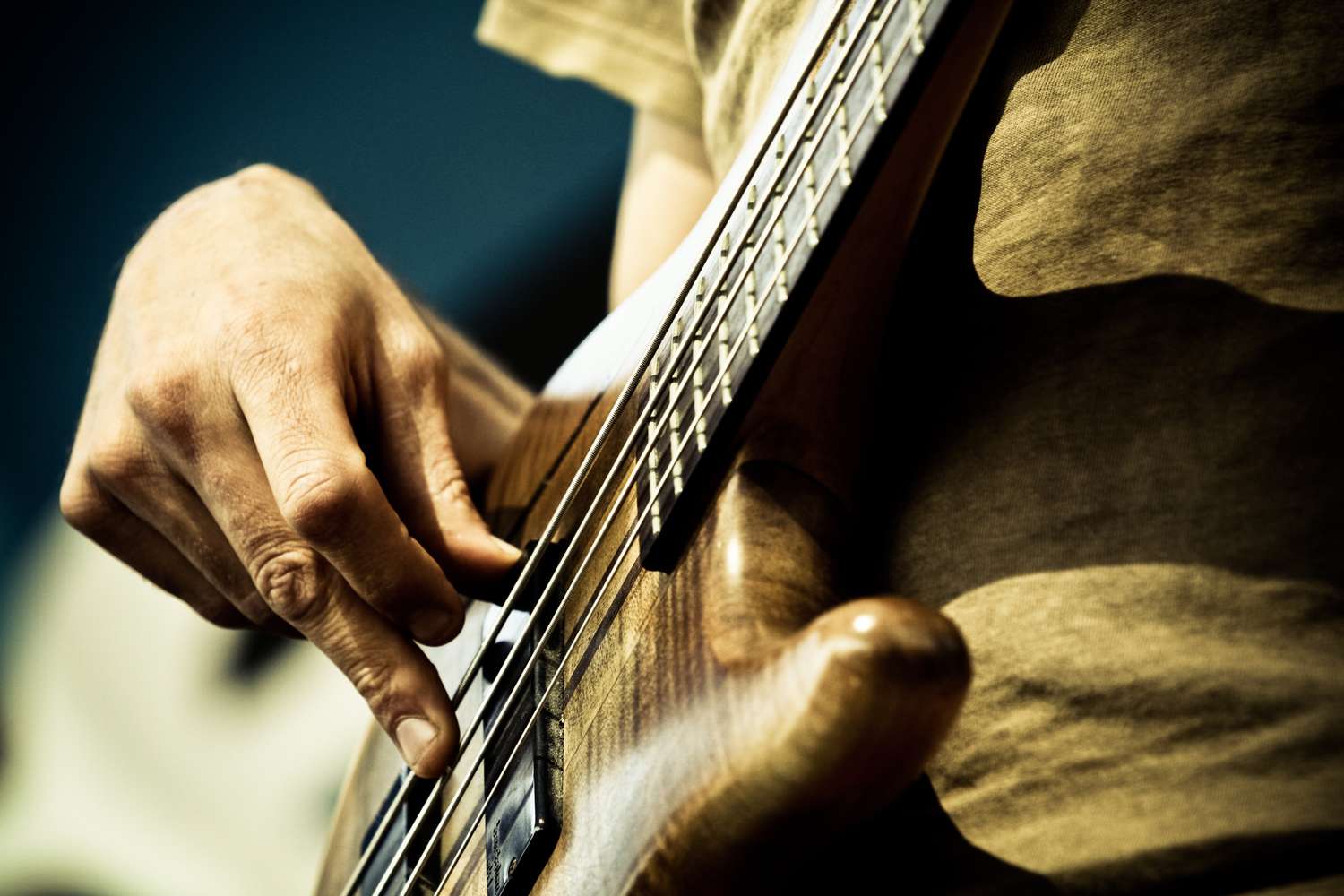

Bass
How To Play Bass Guitar Chords
Modified: February 15, 2024
Learn how to play bass guitar chords with our comprehensive guide. Master the essential techniques and progressions for playing the bass.
(Many of the links in this article redirect to a specific reviewed product. Your purchase of these products through affiliate links helps to generate commission for AudioLover.com, at no extra cost. Learn more)
Table of Contents
Introduction
Are you a bass guitar enthusiast who is eager to explore the world of chords? As a bassist, you may be accustomed to playing single notes and laying down the foundation for the band. However, incorporating chords into your playing can add depth and complexity to your bass lines, allowing you to showcase your creativity and enhance your musicality.
In this article, we will dive into the fascinating realm of bass guitar chords. We will discuss the basics of chord construction, explore common chord shapes for bass guitar, and provide valuable tips and techniques to help you master playing chords on your instrument.
Whether you are a beginner or an experienced player looking to expand your repertoire, understanding bass guitar chords is essential. It opens up a new world of possibilities and enables you to interact harmonically with other musicians.
Before we delve into the specifics of bass guitar chords, it is crucial to have a solid understanding of music theory fundamentals. This knowledge will serve as a foundation as we explore the intricacies of chord structures and their application on the bass guitar.
So, grab your bass and prepare to embark on a journey that will take your playing to the next level. Get ready to discover the joy and versatility of bass guitar chords!
The Basics of Bass Guitar Chords
Before we dive into the world of bass guitar chords, let’s first understand what chords are and how they are constructed. In music theory, a chord is a group of notes played together to create harmony. While the guitar typically takes on the role of playing chords in a band setting, the bass guitar can also contribute by adding depth and richness to the overall sound.
Chords are built using intervals, which are the spaces between notes. The most common type of chord is the triad, which consists of three notes: the root, the third, and the fifth. The root note determines the name of the chord and serves as its foundation. The third and the fifth notes, which are typically stacked above the root, provide the chord with its distinctive sound.
On the bass guitar, you can play chords by using a combination of single notes and double stops. Single notes involve playing one string at a time, while double stops involve playing two strings simultaneously. By utilizing these techniques, you can create rich and harmonious chord voicings.
It is essential to understand that the bass guitar is tuned in fourths, with the standard tuning being E-A-D-G. This tuning allows for easy navigation across the fretboard, making it conducive to playing chords. Each fret on the bass represents a half-step, allowing you to create different chord voicings by moving up and down the neck.
When playing chords on the bass guitar, it is important to consider the role of the other instruments in the band. As the low-end foundation, the bass often plays root notes to support the harmony provided by the guitar or keyboard. By incorporating chords, you can add color and complexity to your bass lines without overpowering the other musicians.
In the next section, we will explore the various chord structures commonly used on the bass guitar. Understanding these chord shapes will give you a solid foundation for creating your own unique chord progressions and exploring different musical genres.
Understanding Chord Structures
When it comes to playing chords on the bass guitar, understanding chord structures is crucial. Chord structures refer to the specific patterns and fingerings used to play different chords on the instrument. By familiarizing yourself with these structures, you can easily navigate the fretboard and create chord voicings that suit your musical style.
One of the most common chord structures used in bass guitar playing is the power chord. Power chords consist of the root note and the fifth, omitting the third. These chords have a strong, punchy sound and are commonly used in rock and metal genres. To play a power chord, simply find the root note on the E or A string and play it with the fifth interval on the adjacent string.
Another important chord structure to understand is the major triad. Major triads consist of the root, the major third, and the perfect fifth. These chords have a bright and happy sound and are commonly used in pop, rock, and jazz music. To play a major triad, locate the root note on the fretboard and play the major third a whole-step above and the perfect fifth two whole-steps above the root.
In addition to major triads, you should also be familiar with minor triads. Minor triads consist of the root, the minor third, and the perfect fifth. Minor chords have a more melancholic and somber sound, and they are widely used in blues, rock, and other genres. To play a minor triad, locate the root note and play the minor third a half-step below and the perfect fifth two whole-steps above.
As you progress in your bass playing journey, you can explore more complex chord structures such as seventh chords and extended chords. Seventh chords add an additional note, the seventh, to the basic triad, creating a rich and jazzy sound. Extended chords include even more notes beyond the seventh, such as the ninth, eleventh, and thirteenth, adding further complexity and versatility to your chord voicings.
By understanding chord structures and their patterns on the bass guitar, you can confidently navigate the fretboard and create engaging bass lines. Experiment with different chord voicings, inversions, and arpeggios to add flair and creativity to your playing.
In the next section, we will explore some of the most commonly used chords for the bass guitar. Having a repertoire of these chords will allow you to play a wide variety of songs and adapt to different musical styles and genres.
Common Chords for Bass Guitar
When it comes to playing chords on the bass guitar, there are several common shapes that you should be familiar with. These chords provide a solid foundation for many songs across various genres, allowing you to contribute harmonically to the music.
One of the most frequently used chords on the bass guitar is the major root position chord. This chord consists of the root note, the major third, and the perfect fifth, played in the lowest three strings of the instrument. For example, to play a C major chord, you would play the notes C, E, and G on the A, D, and G strings, respectively. This chord shape is a versatile starting point for many songs and can be easily moved up and down the neck to play chords in different keys.
Another common chord shape is the minor root position chord. Similar to the major root position chord, the minor chord consists of the root note, the minor third, and the perfect fifth. To play a minor chord, you would adjust the third interval of the major chord by lowering it by a half-step. For example, to play an A minor chord, the notes A, C, and E would be played on the E, A, and D strings, respectively. Minor chords are widely used in various genres, especially in blues, rock, and jazz music.
Triads are also frequently used on the bass guitar. These chords consist of just three notes – the root, the third, and the fifth. They can be played in different positions and inversions to create unique sounds. In addition to major and minor triads, other common triads include augmented and diminished triads, which can add tension and color to your bass lines.
Seventh chords are another essential chord structure for bass guitarists to master. These chords consist of the root, the third, the fifth, and the seventh note of the scale. Playing seventh chords on the bass adds a jazzy and sophisticated flavor to your playing. Common types of seventh chords include dominant seventh, major seventh, and minor seventh chords.
It’s important to note that as a bassist, you may not be required to play full chords all the time. In many cases, you’ll be playing the root note or a simplified version of the chord to support the overall harmony of the band. However, having a solid understanding of chord shapes and structures allows you to add color and variation to your bass lines when appropriate.
In the next section, we will explore techniques and tips for effectively playing chords on the bass guitar. Mastering these techniques will enable you to seamlessly integrate chords into your playing style and contribute harmonically to the music.
Playing Chords on the Bass Guitar
Playing chords on the bass guitar requires a different approach compared to playing chords on a guitar. While the guitar typically handles the rhythm and harmony aspects of a song, the bass guitar’s primary role is to provide a solid foundation and support the overall groove. However, incorporating chords into your bass playing can add a layer of complexity and musicality to your sound.
One technique for playing chords on the bass guitar is by using double stops. Double stops involve playing two strings simultaneously, creating harmonic richness. By selectively choosing which strings to play, you can create chord voicings that suit the song’s chord progression. Experiment with different combinations of strings and positions to create your own unique chord voicings.
Another technique is to use partial chords. As a bassist, you don’t always need to play the full chord. Instead, focus on emphasizing the root note and select one or two additional notes to create a simplified version of the chord. This approach allows you to maintain a strong rhythmic foundation while still providing harmonic support.
When playing chords on the bass guitar, it’s crucial to consider the balance between the bass and the other instruments in the band. Make sure that the chords you play complement the overall musical arrangement and don’t overpower the other elements. Listen closely to the guitar, keyboards, or any other chord-playing instruments, and strive to create harmonious interactions between your bass lines and the chords being played.
Rhythm and timing are also essential when playing chords on the bass guitar. Pay attention to the groove of the song and ensure that your chord-playing aligns with the rhythm section. It’s essential to have a tight connection with the drummer and maintain the overall groove of the song.
Furthermore, as a bassist, it’s important to understand when to play chords and when to stick to playing single notes. Chords can be used to add impact and variation to your bass lines, but it’s crucial to use them tastefully and in the appropriate musical context. Consider the song’s dynamics and structure, and choose moments where adding chords will enhance the overall musical experience.
Ultimately, playing chords on the bass guitar is about finding a balance between providing harmonic support and maintaining the foundational role of the instrument. By incorporating chord-playing techniques into your bass playing repertoire, you can expand your sound and contribute to the music in new and exciting ways.
In the next section, we will explore tips and techniques to help you master bass guitar chords and elevate your playing to the next level.
Tips and Techniques for Mastering Bass Guitar Chords
Mastering bass guitar chords can greatly enhance your playing and musicality. Here are some tips and techniques to help you become proficient in playing chords on the bass guitar:
- Practice proper finger placement: When playing chords, it is crucial to position your fingers correctly. Place your fingertips directly behind the frets to ensure clear and distinct notes.
- Develop finger strength and dexterity: Playing chords requires finger strength and dexterity. Practice finger exercises such as chromatic exercises, finger stretching, and fingerpicking to improve your overall technique.
- Memorize chord shapes: Familiarize yourself with common chord shapes and their fingerings. Memorizing these chord shapes will allow you to quickly navigate the fretboard and play chords in various keys.
- Start with simpler chord progressions: Begin by practicing simpler chord progressions and gradually increase the complexity as you become more comfortable. This will help you develop muscle memory and increase your chord-playing proficiency.
- Play along with backing tracks: Utilize backing tracks or play along with songs to improve your sense of timing and groove. This will also help you understand how chords fit into different musical contexts.
- Experiment with different chord voicings: Don’t be afraid to experiment with different chord voicings and inversions. Explore different positions and string combinations to create unique and interesting chord variations.
- Listen to other bassists: Listen to bassists who are known for their chord-playing skills. Pay attention to their techniques, phrasing, and musical choices. Try to incorporate elements of their playing into your own style.
- Practice with a metronome: Using a metronome is crucial for developing a sense of timing and rhythmic accuracy. Practice playing chords along with a metronome to improve your ability to stay in time and lock in with the beat.
- Record yourself: Record your practice sessions or performances to objectively assess your progress. Listen for clarity, timing, and overall sound quality. Make adjustments as necessary to refine your chord-playing skills.
- Seek guidance from a bass teacher: Consider taking lessons from a qualified bass teacher who can provide personalized guidance and feedback. A teacher can help you refine your technique, troubleshoot any issues, and accelerate your progress as a chord-playing bassist.
Remember, mastering bass guitar chords takes time and dedication. Be patient with yourself and enjoy the journey of learning and exploring new possibilities with your instrument. As you continue to practice and refine your skills, you will become more confident and proficient in incorporating chords into your bass playing.
Now that you have a solid foundation in bass guitar chords, it’s time to put your knowledge into practice and unleash your creativity. Start exploring different musical styles, experiment with chord progressions, and have fun playing chords on your bass guitar!
Conclusion
Congratulations! You have now journeyed through the world of bass guitar chords and learned valuable techniques to incorporate them into your playing. By understanding the basics of chord construction, familiarizing yourself with common chord structures, and exploring different playing techniques, you have expanded your musical repertoire and added depth to your bass lines.
Bass guitar chords offer a powerful tool to enrich your playing and contribute harmonically to a band. Whether you are playing simple triads, complex seventh chords, or experimenting with various voicings, your newfound chord-playing skills will elevate your bass lines and captivate your audience.
Remember to practice regularly and experiment with different chord progressions and styles. Embrace the journey of mastering bass guitar chords and continue to refine your technique and musicality. In time, you will develop your own unique voice as a chord-playing bassist.
As you continue your musical exploration, don’t forget to listen to other bassists, study their techniques, and draw inspiration from their playing. Surround yourself with like-minded musicians, play along with backing tracks, and seek guidance from a bass teacher to further refine your skills.
Lastly, enjoy the process of making music. Let your passion and creativity guide your chord choices and always strive to serve the song. Whether in a band setting or as a soloist, your ability to seamlessly incorporate chords on the bass guitar will undoubtedly make you a versatile and sought-after musician.
Now, it’s time to pick up your bass, apply what you’ve learned, and let the chords resonate through your fingertips. Embrace the versatility and expressiveness of bass guitar chords and let your playing shine!

